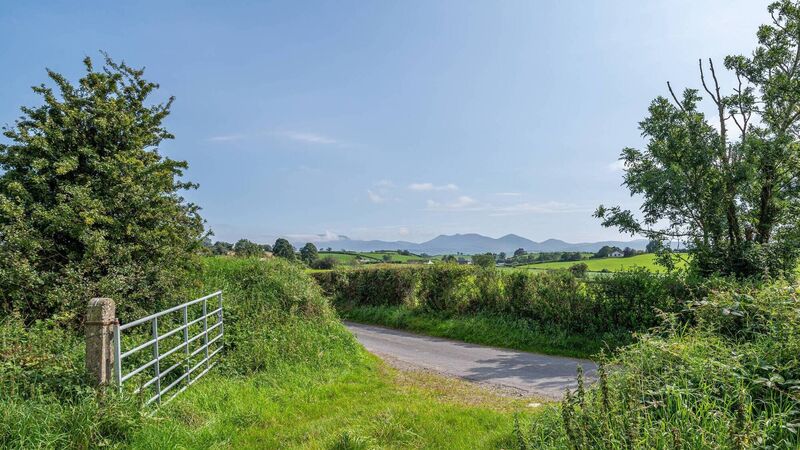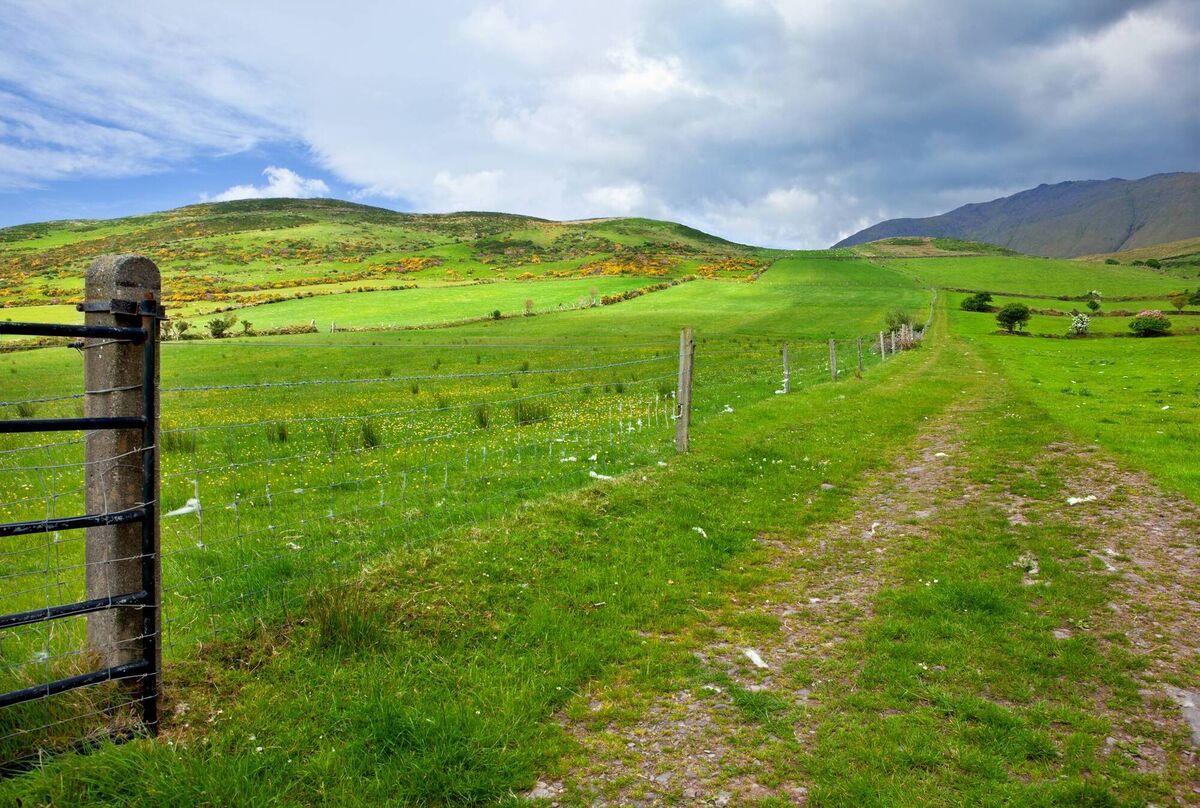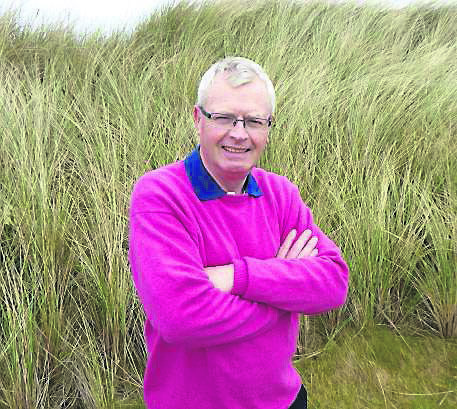Donal Hickey: Can nature survive being squeezed into thin ribbons of land?

Up to the 1970s, farming was generally organic and it accommodated a wide range of plants, birds, and insects alongside crops and farm animals. But, today’s farms are not the wildlife-rich places they once were
It’s too easy now to blame climate change for so many of the ills and problems afflicting nature and the environment.
During the festive period, an old friend interested in such matters called me aside for a word in the ear. “Do you ever look at the Irish landscape and see that so many ditches have been obliterated?" he asked.
He bemoaned huge changes to the countryside as we once knew it. I pointed out that hedgerow destruction, and the consequent loss of habitat and pathways for birds and other wildlife, had been highlighted in this column more than once.
At the same time, came a reminder from Padraic Fogarty, of the Irish Wildlife Trust, who attended the recent Cop15 meeting, in Montreal, Canada, calling for action on the broader issues.
He said the threat posed by biodiversity collapse, as distinct from the climate crisis (though both are linked in some respects), needs to be more widely recognised.
There’s a tendency to think that climate change is driving the extinction of species in Ireland, but this is not the case. Our over-exploitative use of land, water and sea is the cause, he claimed, adding that if we’re to get a handle on this issue, it’s vital that these distinctions be fully recognised.
People of a certain vintage can easily remember the time when fields (some very small) on a typical farm were defined by ditches covered by bushes and various tree species, especially thorn and ash.

Up to the 1970s, farming was generally organic and it accommodated a wide range of plants, birds, and insects alongside crops and farm animals. But, today’s farms are not the wildlife-rich places they once were, Fogarty writes in his book, .
“Nature has been squeezed into thin ribbons of treelines and hedgerows that are themselves under threat from a combination of one-off houses, wire fencing, and lack of management," he notes.
“Meanwhile, to maintain the levels of production required to fuel the demands of our agri-food sector, tonnes of fertiliser, both artificial and animal manures, as well as chemical sprays are spread on the land. Too much of this finds its way into streams and rivers, causing pollution and depleting aquatic life."

As a new year begins, is a change in attitude to the environment in Ireland too much to be hoped for?
The whole area has become a source of negativity and objections. All of which is reflected by the need for all sorts of regulations (mainly EU-originated) and designation of special protection areas and reserves.
“Wildlife has enormous powers to rebound," says Padraic Fogarty. “The question is: do we have the desire to allow it happen?"








